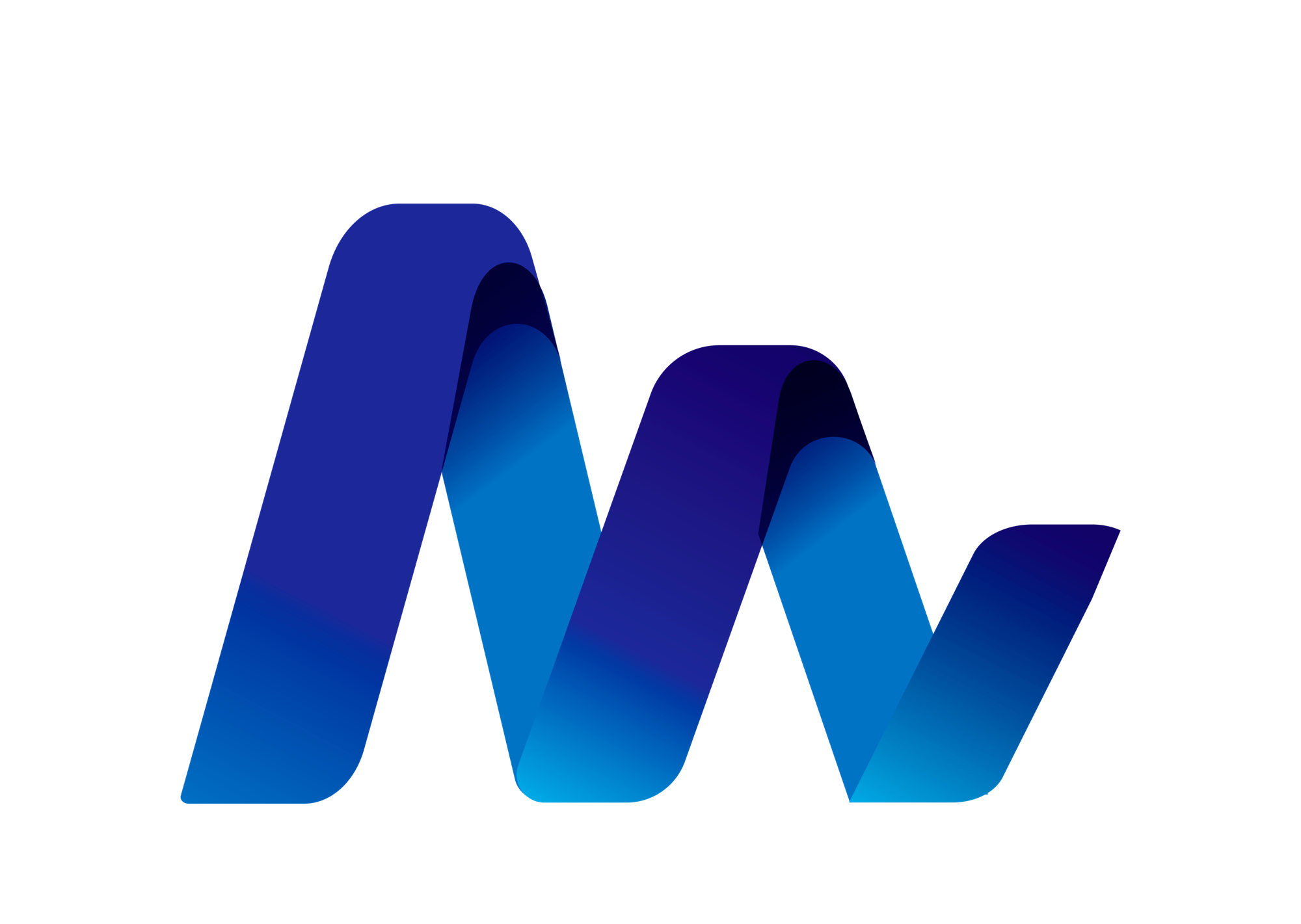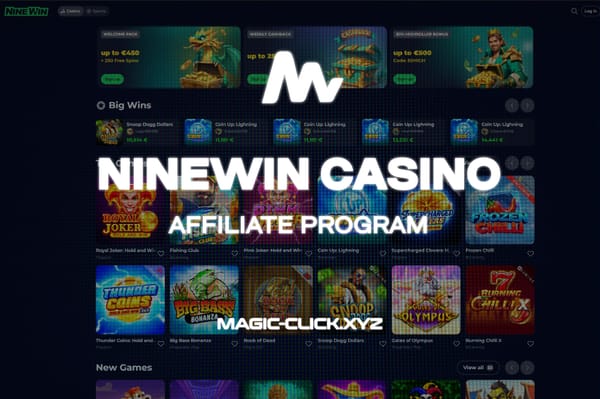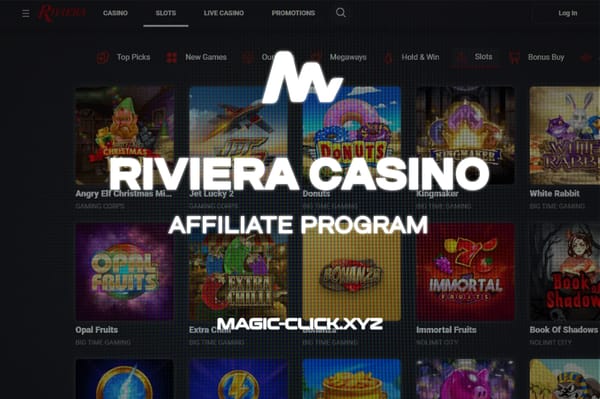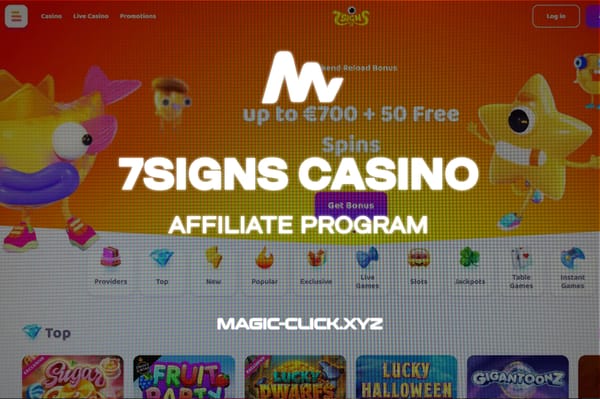How to scale Facebook Ads campaigns
Scaling Facebook Ads campaigns is a process of increasing the advertising budget to boost reach and performance while maintaining a…
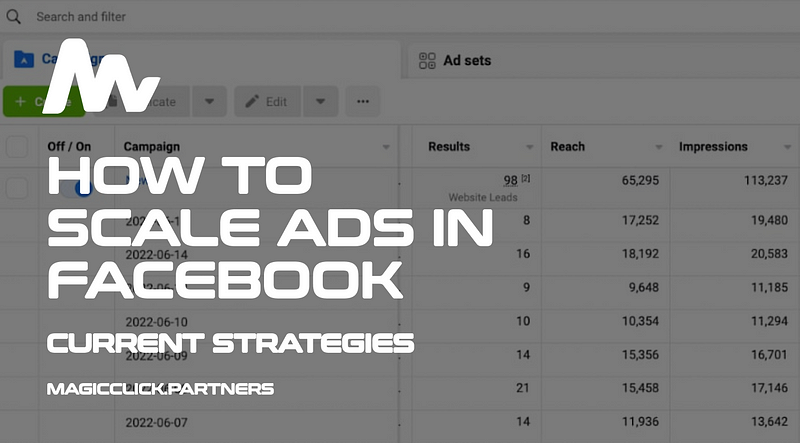
Scaling Facebook Ads campaigns is a process of increasing the advertising budget to boost reach and performance while maintaining a positive ROI. For media buyers and marketers working with traffic, particularly in gambling traffic, proper scaling allows them to test and expand successful strategies without risking account bans or losing their budget.

⠀ Magic Click Partners — Reliable CPA network with over 500 offers in ⠀⠀⠀⠀⠀⠀⠀⠀iGaming and Betting verticals from direct advertisers.

Types of Facebook Ads Scaling
There are two main approaches to scaling Facebook Ads campaigns: horizontal scaling and vertical scaling. Both methods require careful analysis of the Facebook Pixel and understanding the platform’s algorithms to maintain optimal performance and avoid disrupting the learning phase of Facebook Ads.
Horizontal Scaling
Horizontal scaling involves duplicating successful ad sets or campaigns, allowing you to increase the number of active ad sets without adjusting the budget for a single ad set. This method is especially effective for traffic arbitrage, as it enables you to test different audience segments and scale successful campaigns without overloading the platform’s algorithms.
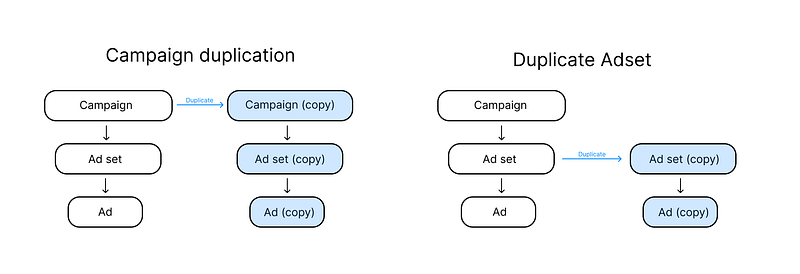
How It Works:
- Audience Analysis: Start by reviewing your successful Facebook Ads campaigns to identify the most effective combinations.
- Duplicate Ad Sets: Use the same creatives and settings in new ad sets to avoid disrupting Facebook Ads’ learning phase.
- Target New Audiences: Run duplicates targeting different segments or create new ad accounts if you’ve hit your budget limits on the current account.
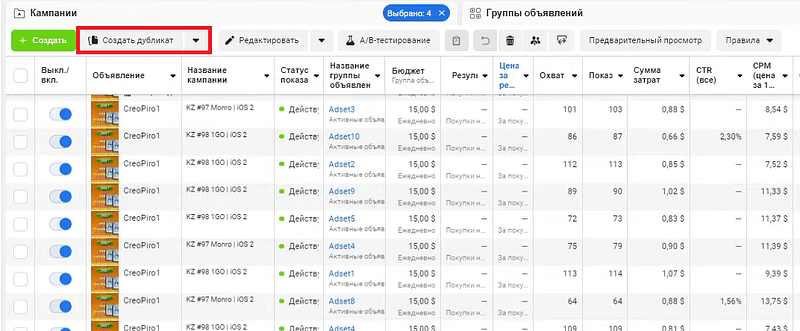
Using Larger Budgets
This method is best suited for experienced marketers who can handle manual bidding and automated rules. In these campaigns, an ad set budget can range from $200 to $400. Campaign management is handled using Facebook Ads’ automated rules, which can stop a campaign if it isn’t driving conversions.
Scaling Examples:
- Example 1: A successful campaign with a $20 budget. You can create two duplicates, each with a $15 budget, to max out the account limit of $50. Alternatively, gradually increase each campaign’s budget by 10–15% daily.
Be cautious of audience overlap to reduce cost-per-click (CPC) and avoid competing with your other campaigns. Regularly update your Facebook Ads creatives to boost conversion rates and maintain audience engagement.
Vertical Scaling
Vertical scaling focuses on increasing the budget within an already successful campaign. This method is considered safer and more controlled, as it maintains the current settings and optimization. To avoid resetting the Facebook Pixel learning phase, it’s recommended to gradually increase the budget.
Gradual Budget Increase:
- Increase the budget by 10–15% at a time to avoid resetting the learning phase. The best time to optimize the budget is at the start of a new auction day, ensuring Facebook Ads’ algorithms have time to evenly distribute the funds. You can manage campaigns using Facebook Ads’ automatic rules or increase the budget manually.
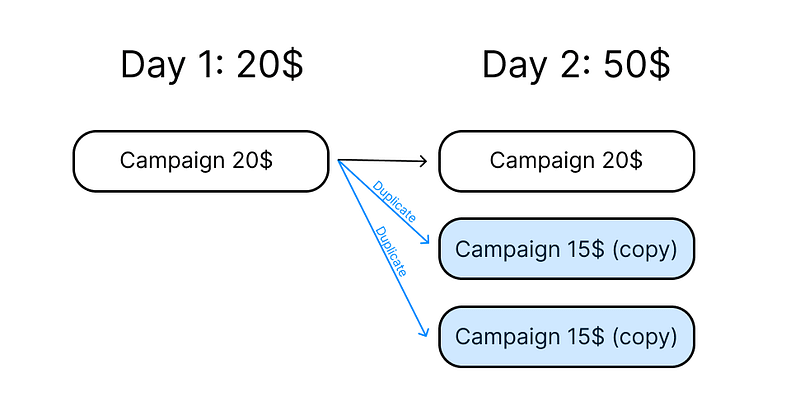
Scaling Examples:
- Example 2: A campaign with a $50 budget and an account limit of $130-$250. You can create 2–4 duplicates, each with a $20-$25 budget, and gradually increase them to $50 to use the full account limit.
- Example 3: For accounts with limits over $250, you can duplicate a campaign with a budget starting at $200 and regularly monitor its performance, adjusting bids manually as needed.
Conclusion
Scaling Facebook Ads campaigns is a crucial aspect of increasing profitability and reach in traffic arbitrage. Whether you choose horizontal or vertical scaling depends on your goals and strategy. It’s important to regularly analyze data and adjust your campaigns to achieve maximum results.
